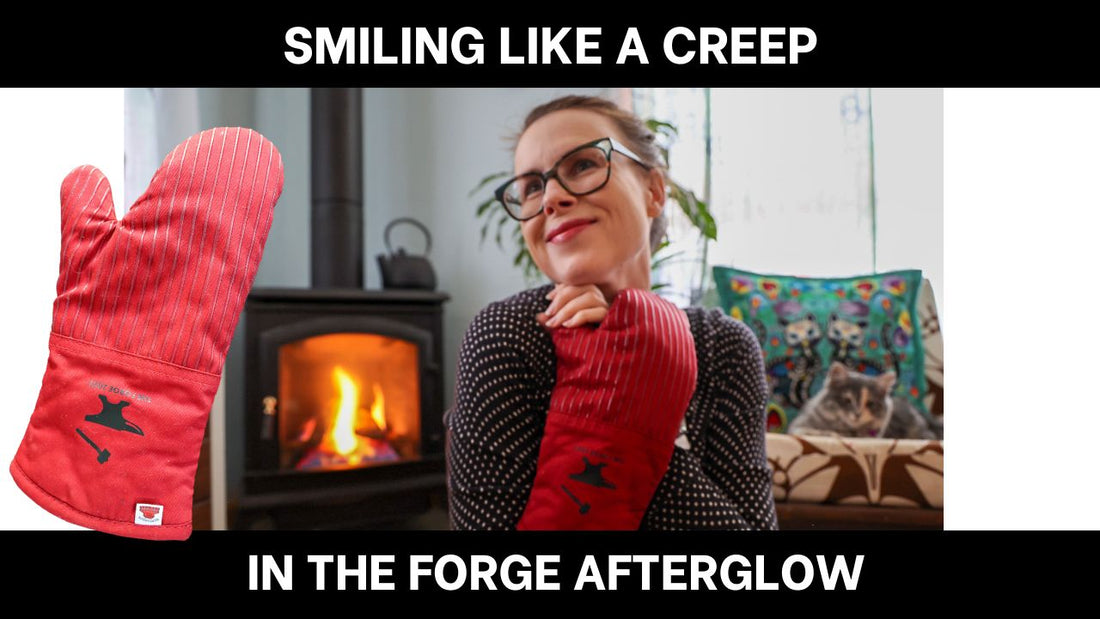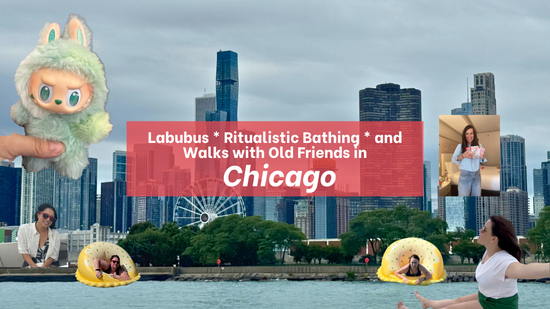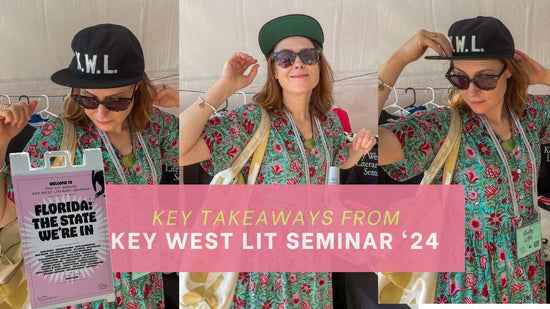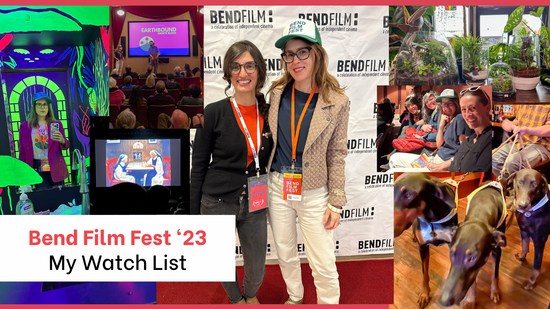I’ve always wanted to do a formal creative writing course but never had the cash wad for an MFA ($48K), so when The Forge Writing Program ($6K) announced its application pool last fall, I dove in. In its inaugural formation, it was a ten-month, online creative writing program that met every-other-Saturday morning, most months, January through October. It was led by three mentors, Mike Cooper, Irene Cooper and Ellen Santasiero, who are qualified, professional writers (with MFA’s). And, final compulsory checkbox, selections of their work have been published, in the traditional sense.

I was part of The Forge's 2022 class, which just wrapped up with much fanfare and sheet cake. Now I am beside myself, smiling like a creep in the program's afterglow, and I've attempted to encapsulate the experience in a five-part blog series, which will reveal what happened at The Forge and my personal, non-tangible takeaways from the creative writing program—though I do love the Certificate of Excellence and The Forge Oven Mitt.

Video: The Forge Creative Writing Course ⚠️ Reading about Writing...about Writing
So, what happened at The Forge Writing Program?
Several of my (non-Forge) writing buds asked questions about the mechanics of The Forge creative writing course, so I thought I’d provide an aerial view, and I say aerial not because I have delusions of grandeur, but because I’m giving you the bird's-eye-view rather than The Forge course outline.
January–June: Creative Writing Tips, Craft Lessons, Assigned Reading and Homework
The focus of workshops started small, at the building blocks of writing, like the linguistics, sound, and etymology. In subsequent weeks the focus slid outward with syntax, dialogue, and metaphor. Then the mentors combed through writing craft lessons with topics like voice, setting, story, tension and something called, "aboutness." All of the workshops coincided with a mentor meeting, relevant at-home reading and creative writing challenges.
I was an English Lit major long ago and I found The Forge’s Saturday Zoom sessions refreshing. There is a different tilt to the material when studying craft and literary devices with classmates who are also trying to become writers, an element of camaraderie. Plus, I mean, the mind forgets. I scribbled pages full of notes, enjoyed the interactive moments, and for the most part didn’t find myself thinking, “fast-forward” at any time during the livestreams.
July and August: Creative Writing and Mentorship Time
We were released for two months in the summer, with no workshops, to draft our final project, fifty original pages of content, that would be workshopped in the fall. Those pages could be comprised of short stories, poems or the start of a longer piece of prose. I definitely wanted to put the time in to produce work that was worth workshopping and found myself harvesting writing time in unusual scenarios last summer. I explain more in The Salvage Yard of Writing Time.

September–October: Peer Workshopping
The final phase of the program was peer workshopping. We turned in our fifty pages and met every Saturday morning, as opposed to every-other, during this phase. There were ten of us in the program, so over the course of five weeks, we read one-hundred pages per week, and provided our critique notes to the writers and group discussions. If it needs to be said, the pressure was on during the workshopping phase. This is where I’ve heard horror stories from people involved in art critiques in other settings. At The Forge, I thought there were well-laid guardrails so both the writer and readers knew how to contribute constructively and understood the intention was to improve the work. No one broke my feelings during that phase, and I am coveting the detailed notes, questions, praise, and ideas for improvement that I received from my peers.

The Forge Writing Mentorship Overlay
The overlay to the program was the one-on-one mentorship meetings with Mike, Irene and Ellen. There was a set schedule of which writer was with which mentor at what time and like a traditional classroom, when time was up, we’d move along to another teacher. The plan was to have three months under each mentor’s wing, but it was a bit front-loaded in practice. The one-on-one mentor meetings were a safe space for questions such as, "Have I mastered Mary Karr's voice yet?" or "Do you mind if I start writing in the key of Joan Didion?"
Video: Closing Thoughts on The Forge Creative Writing Program
If you want to hear a sampling of what my class and I got out of the program, you can watch the Closing Thoughts video (below). It was a class gift that I made in collaboration with a handful of Smithys, which is the nickname for The Forge program participants. “Forgers” doesn’t have the same ring to it.
If you are curious about my personal, albeit eccentric and non-tangible, takeaways from the Forge Writing Program, you can check out the next articles in this series:
- Creative Confidence: The Forge’s Contact High
- The Salvage Yard of Writing Time.
- Genre Switching and Shaking the Paw-Paw Tree
- Closing Thoughts on The Forge



